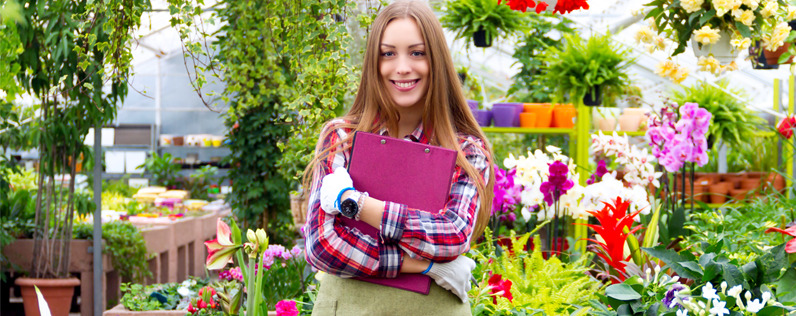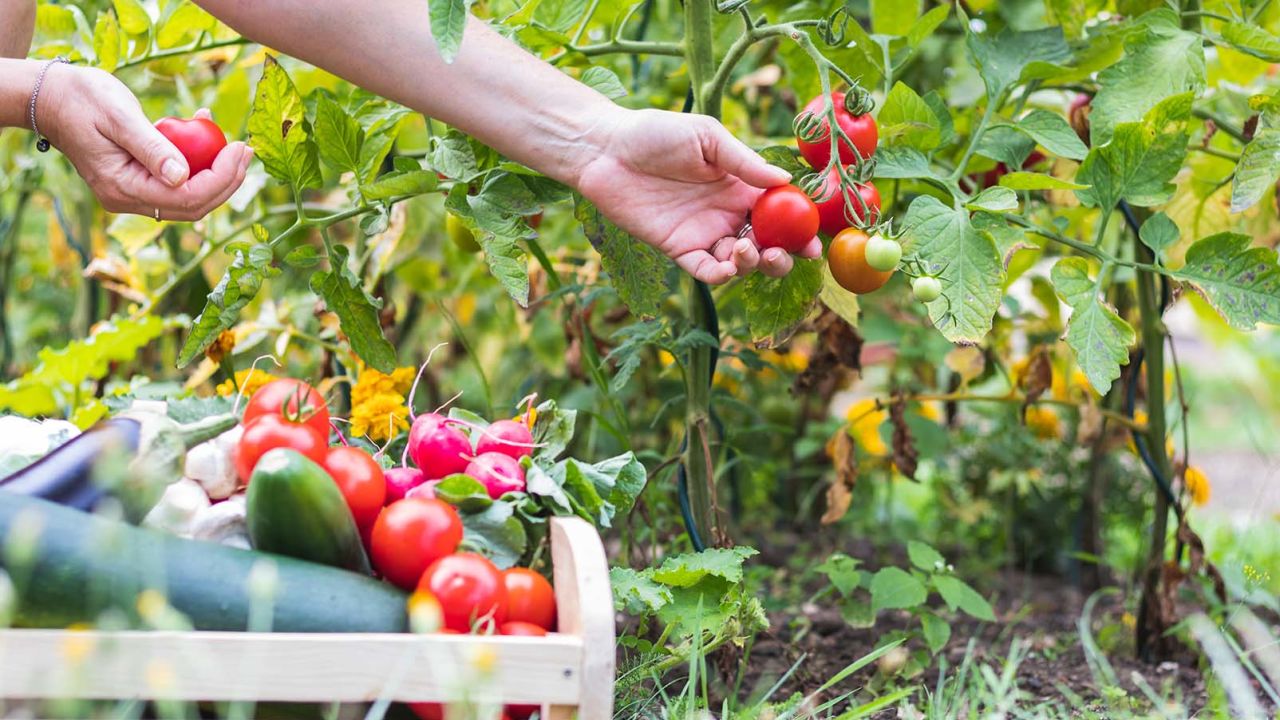Transform Your Green Space: A Comprehensive Overview to Gardening Tips for Beginners
Wiki Article
From Seed to Sprout: A Newbie's Overview to Horticulture Success

Picking the Right Seeds
To ensure a successful yard, you need to select the appropriate seeds for your expanding conditions and preferred plants. Different plants flourish in different environments, so it's essential to pick seeds that are ideal for your certain region. On the other hand, if you live in a cooler climate with much shorter expanding periods, look for seeds that have a much shorter maturation period.Some plants favor sandy soil, while others prosper in clay or fertile dirt. Some plants, like tomatoes and peppers, need full sun to thrive, while others, such as leafy environment-friendlies, can endure partial color.
If you're interested in blossoms, select seeds for plants that will certainly enhance each various other in terms of height, color, and flower time. By meticulously choosing the ideal seeds for your expanding problems and wanted plants, you'll set yourself up for a successful garden.
Preparing the Soil
Since you've selected the appropriate seeds for your garden, it's time to prepare the dirt for optimum development. Preparing the dirt is a crucial action in gardening success, as it provides the foundation for your plants to grow.Beginning by eliminating any type of weeds or debris from the location where you plan to plant (home gardening for beginners). Weeds can take on your plants for nutrients and water, so it is necessary to remove them before growing. Make use of a garden fork or hoe to loosen up the dirt, separating any clumps and producing a loose, brittle appearance
Spread out a layer of organic matter over the dirt and use a garden fork or rake to include it right into the top couple of inches. This will help enhance drainage, wetness retention, and nutrition availability for your plants.
Ultimately, think about checking your dirt's pH level. Many plants choose a somewhat acidic to neutral pH, around 6.0 to 7.0. You can buy a soil screening set from a yard facility or send a sample to a lab for evaluation. Based on the outcomes, you can readjust the pH level by adding changes like lime or sulfur.
Growing and Watering Techniques
After preparing the soil, it's time for you to concentrate on planting and watering strategies to guarantee the success of your garden. Make sure to adhere to the instructions on the seed packages or plant tags when it comes to growing. Different plants have different needs for planting deepness and spacing. Dig an opening that is just the ideal size for the plant's origins and carefully position it in, making certain not to damage the roots. Load the hole with dirt, gently firming it gardening for beginners around the plant.Watering is a critical action in horticulture. It is very important to water your plants correctly to promote healthy development. The trick is to offer enough water without drowning the plants. When watering, objective to dampen the soil evenly, making sure that the water reaches the plant's origins. Avoid overwatering, as this can bring about root rot and various other problems. A great guideline of thumb is to water deeply however much less frequently, permitting the soil to dry out slightly between watering sessions.
To identify when to water, inspect the dampness degree of the soil by putting your finger concerning an inch deep. If it feels dry, it's time to water. Think about utilizing a watering can or a hose pipe with a mild spray nozzle to stay clear of damaging fragile plants.
Nurturing and Preserving Your Yard
Take the time to frequently look after and tend to your garden to guarantee its continued development and success. Nurturing and maintaining your yard is vital in order to maintain your plants thriving and healthy. One crucial facet of yard upkeep is weeding. On a regular basis get rid of any unwanted plants that might contend with your garden for nutrients and space. Furthermore, regularly inspect your plants for any indications of conditions or bugs. Early detection can prevent the spread of damaging insects or diseases and save your plants from irreversible damage. Another crucial task is pruning. Cut back thick branches and eliminate unhealthy or dead components of plants to promote healthy and balanced growth. It is additionally vital to give appropriate water and nutrients to your yard. Water your plants frequently, taking treatment to stay clear of overwatering, as this can result in root rot. Usage plant foods to provide essential nutrients that might be lacking in your soil. Do not fail to remember to mulch! Applying a layer of compost around your plants aids save wetness, suppress weeds, and regulate soil temperature level. By regularly taking care of and keeping your yard, you will certainly ensure its continued growth and success.Harvesting and Enjoying the Fruits of Your Labor
When can you begin reaping the rewards of your effort in the garden? The answer depends on the kind of plants you have actually expanded. Some veggies, like lettuce and radishes, can be collected as quickly as they reach a preferable size (home gardening for beginners). Others, such as tomatoes and peppers, require a longer growing period before they prepare to be chosen.To establish if your vegetables are prepared for harvest, you require to look for specific indications. They ought to easily remove from the vine when delicately drawn.
When harvesting, it is necessary to use the appropriate tools and techniques. A sharp pair of trimming shears or a yard knife can be utilized to cleanly cut vegetables from the plant. Be certain to collect in the early morning when the temperature levels are cooler, as this will certainly aid preserve the freshness of your fruit and vegetables.
When you have actually gathered your veggies, it's time to take pleasure in the fruits of your labor. Freshly selected vegetables can be utilized in a range of scrumptious dishes, from salads to stir-fries. You can maintain your harvest by canning, freezing, or drying them to delight in throughout the year.

Conclusion
Congratulations! You have currently discovered the essential steps to achieve gardening success, from choosing the ideal seeds to gathering the fruits of your labor. By complying with these beginner-friendly strategies, you are well on your means to supporting a flourishing garden. Remember to provide your plants the treatment and focus they need, and soon you will certainly be taking pleasure in the beauty and bounty of your really own garden. Happy horticulture!To ensure an effective garden, you require to pick the ideal seeds for your expanding conditions and desired plants. By thoroughly picking the right seeds for your expanding problems and preferred plants, you'll establish on your own up for a successful yard.
Weeds can contend with your plants for nutrients and water, so it's crucial to obtain rid of them prior to planting. When it comes to planting, make certain to comply with the directions on the seed packages or plant labels. Different plants have different needs for growing depth and spacing.
Report this wiki page